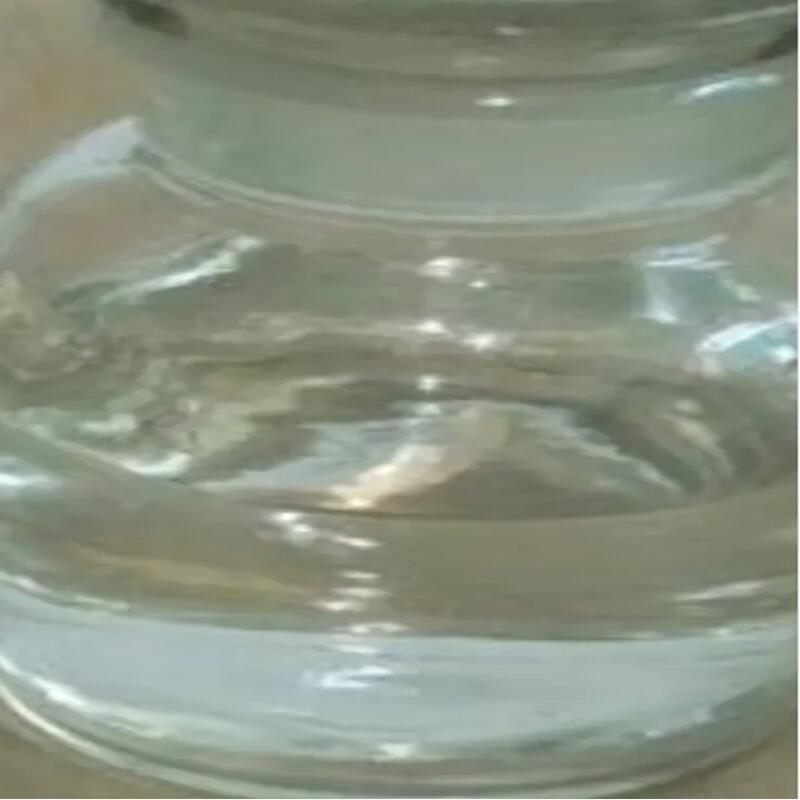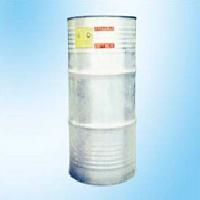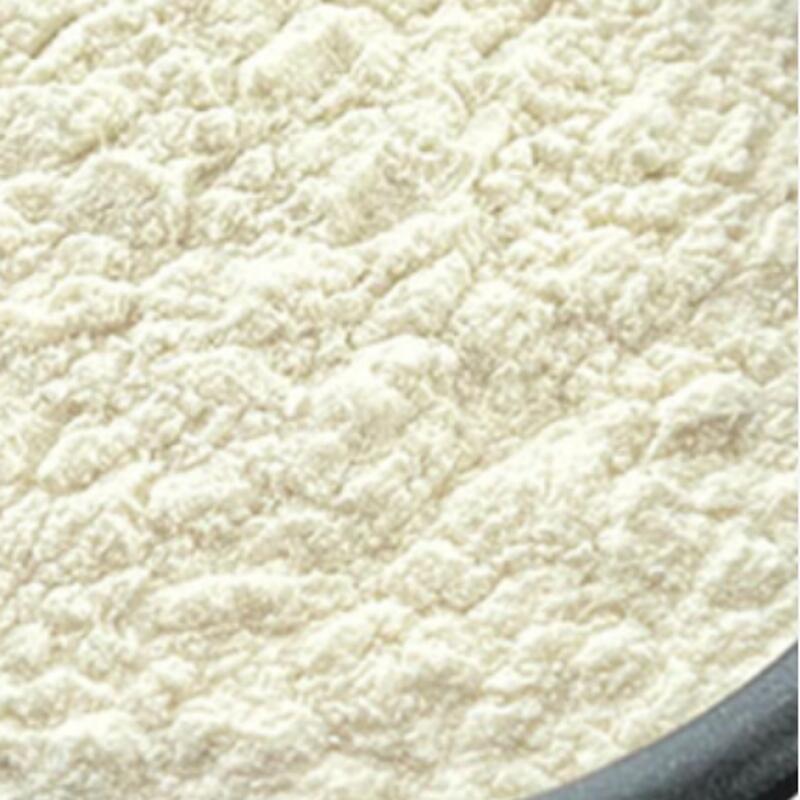-
Categories
-
Pharmaceutical Intermediates
-
Active Pharmaceutical Ingredients
-
Food Additives
- Industrial Coatings
- Agrochemicals
- Dyes and Pigments
- Surfactant
- Flavors and Fragrances
- Chemical Reagents
- Catalyst and Auxiliary
- Natural Products
- Inorganic Chemistry
-
Organic Chemistry
-
Biochemical Engineering
- Analytical Chemistry
-
Cosmetic Ingredient
- Water Treatment Chemical
-
Pharmaceutical Intermediates
Promotion
ECHEMI Mall
Wholesale
Weekly Price
Exhibition
News
-
Trade Service
Bis(2-ethylhexyl) phosphate, also known as dioctyl phosphate (DOP), is a widely used plasticizer in the production of plastic and polyvinyl chloride (PVC) products.
The production process of DOP involves several steps, including the reaction of phosphoric acid with 2-ethylhexanol, the reaction of the resulting bis(2-ethylhexyl) alcohol with sulfuric acid, and the dehydration of the resulting bis(2-ethylhexyl) sulfate.
- Reaction of phosphoric acid with 2-ethylhexanol:
The first step in the production of DOP is the reaction of phosphoric acid with 2-ethylhexanol.
This reaction is exothermic and occurs in the presence of a solvent, such as benzene or toluene.
The reaction produces a clear, colorless solution of bis(2-ethylhexyl) phosphate. - Reaction of bis(2-ethylhexyl) phosphate with sulfuric acid:
Next, the bis(2-ethylhexyl) phosphate is treated with sulfuric acid.
This reaction is also exothermic and results in the formation of bis(2-ethylhexyl) sulfate.
The reaction is typically carried out in a distillation tower, with the sulfuric acid being added to the bis(2-ethylhexyl) phosphate at the bottom of the tower.
The reaction produces a mixture of bis(2-ethylhexyl) sulfate and water, with the bis(2-ethylhexyl) sulfate being extracted from the mixture using a solvent, such as benzene or toluene. - Dehydration of bis(2-ethylhexyl) sulfate:
The bis(2-ethylhexyl) sulfate produced in the previous step is then dehydrated to produce DOP.
This dehydration step is typically carried out using a dehydrating agent, such as sodium or calcium sulfate, which removes water from the bis(2-ethylhexyl) sulfate to produce DOP.
The dehydration step is typically carried out in a vacuum distillation tower, with the dehydrating agent being added to the bis(2-ethylhexyl) sulfate at the bottom of the tower.
The resulting DOP is a clear, colorless liquid. - Purification and recovery:
The final step in the production process of DOP is the purification and recovery of the product.
This typically involves the use of a solvent, such as benzene or toluene, to extract and recover the DOP from the reaction mixture.
The solvent is then distilled to separate the DOP from any remaining impurities.
The resulting DOP is then typically sold to customers in the plastics industry for use in the production of PVC and other plastic products.
In conclusion, the production process of Bis(2-ethylhexyl) phosphate is a multi-step process that involves the reaction of phosphoric acid with 2-ethylhexanol, the reaction of bis(2-ethylhexyl) phosphate with sulfuric acid, and the dehydration of bis(2-ethylhexyl) sulfate.
The resulting DOP is a widely used plasticizer in the production of PVC and other plastic products.
The process is well established and can be carried out by chemical companies.
However, the production of DOP can also be a source of environmental pollution, therefore, it is important to ensure that the production process is carried out in an environmentally friendly manner.







